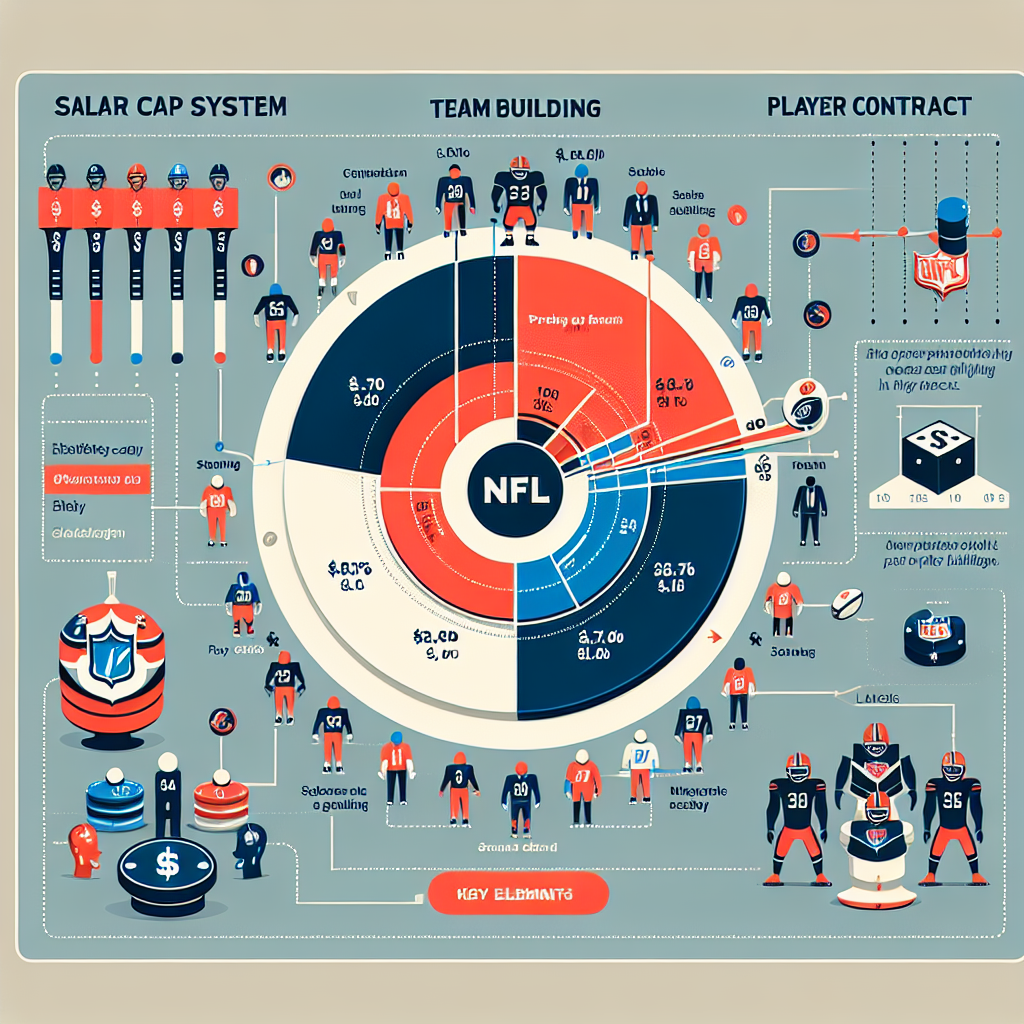Hey there, football fans! Today, we’re going to dive into the fascinating world of the NFL salary cap system. This system plays a crucial role in how teams are built and how player contracts are structured in the league.
Let’s start with a bit of history. The NFL first implemented a salary cap in 1994 as part of the collective bargaining agreement between the league and the players’ union. The purpose of the salary cap is to create parity among teams by limiting how much each team can spend on player salaries.
So, how does the salary cap work? Currently, each team has a set amount of money they can spend on player salaries each year. This amount is determined by a formula based on league revenue and adjusted annually. Teams must stay under this cap while still fielding a competitive roster.
Now, let’s talk about how the salary cap affects team building and player contracts. With limited funds available, teams must carefully manage their spending to ensure they have enough money to sign key players and fill out their roster with quality talent. This often means making tough decisions about which players to keep, trade, or release based on their performance and value.
Player contracts are also impacted by the salary cap. Contracts are structured in a way that allows teams to spread out payments over multiple years to fit within the cap constraints. Players and agents must navigate these restrictions when negotiating deals to maximize their earnings while staying within team budgets.
Looking ahead to the future, it’s likely that the NFL salary cap will continue to evolve as revenue grows and new challenges arise. Teams will need to adapt their strategies for managing player salaries in order to remain competitive in a constantly changing landscape.
In conclusion, the NFL salary cap system is a complex but essential aspect of team building and player contracts in the league. Understanding how it works can give fans insight into why certain decisions are made by teams and players alike. So next time you see your favorite team making moves during free agency or contract negotiations, remember that it’s all part of navigating the salary cap!
